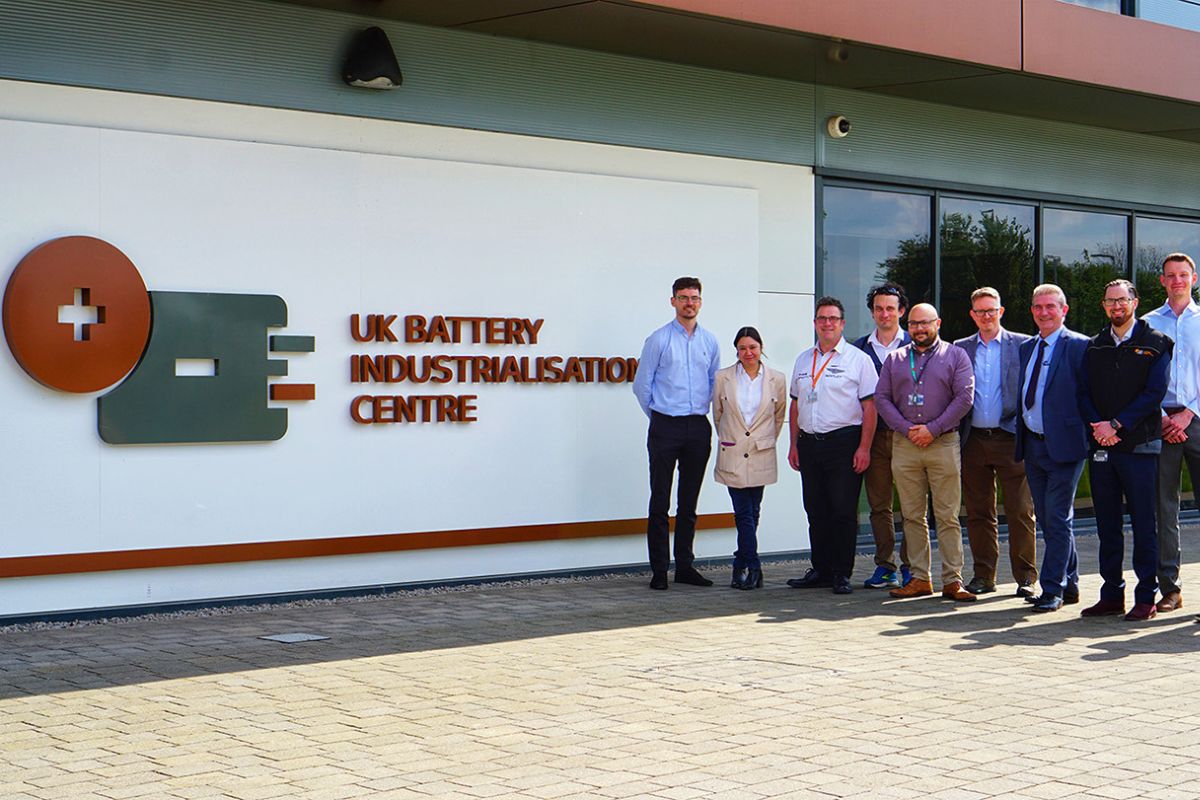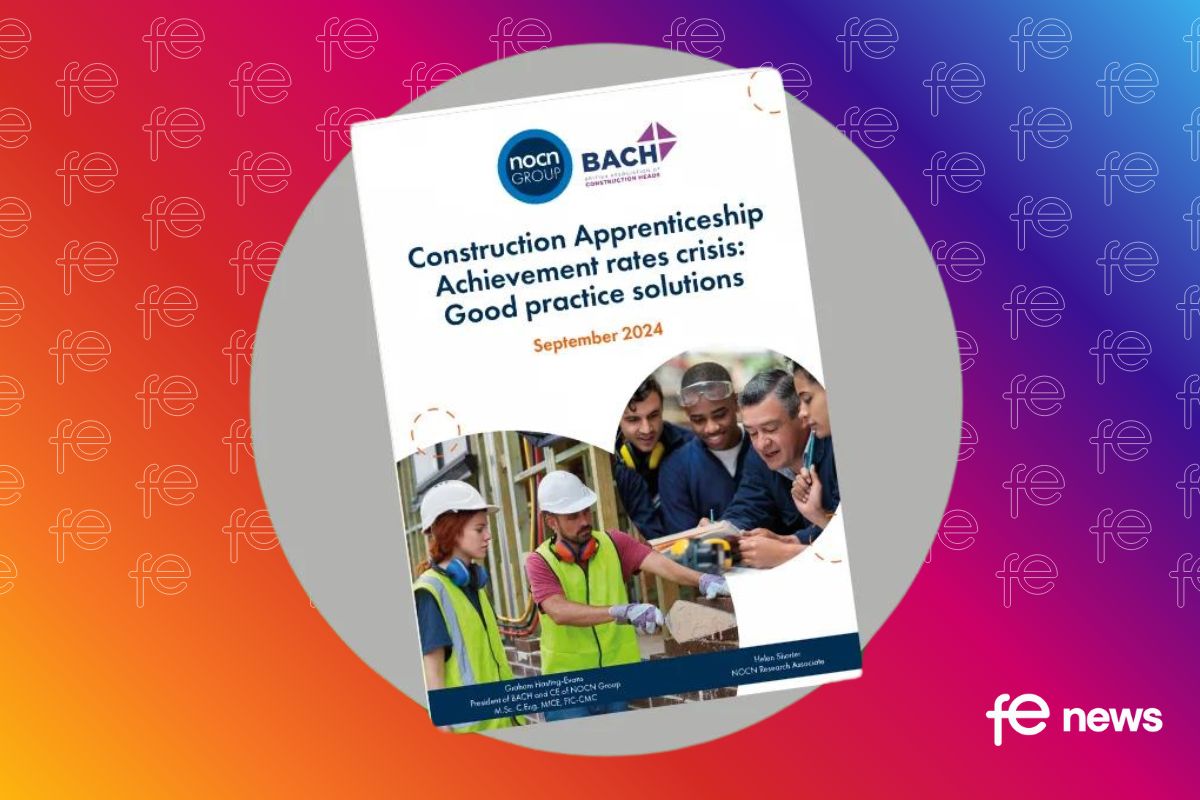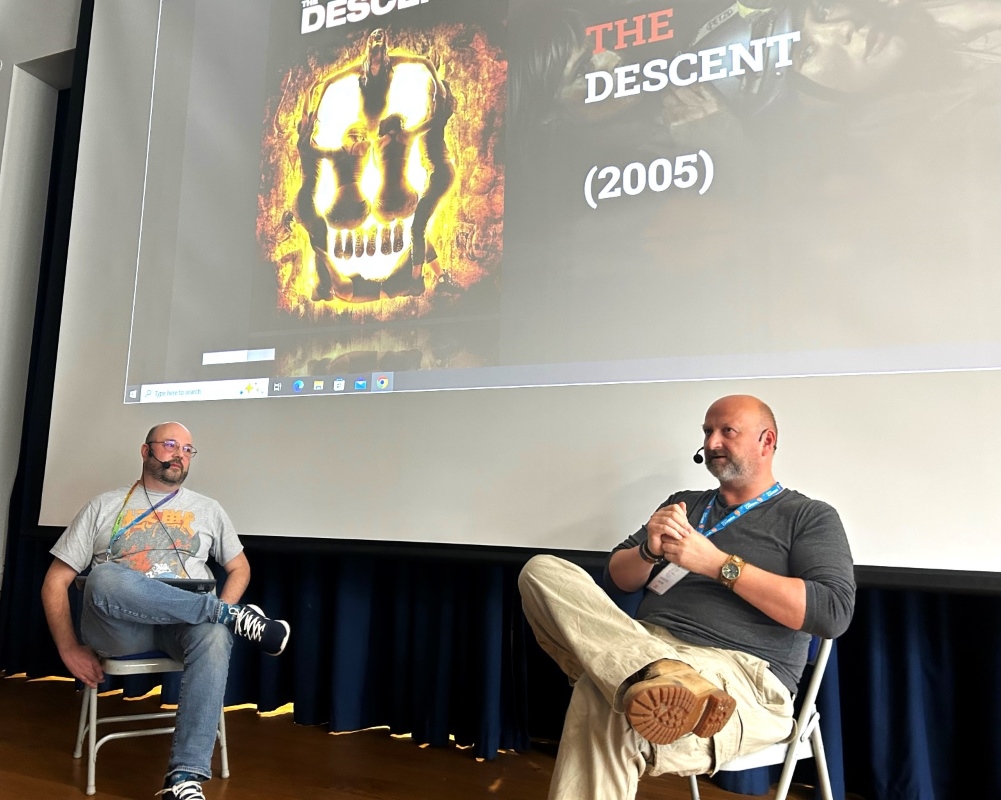IPPR calls for VET investment to tackle ‘persistently high youth unemployment’

The Institute for Public Policy Research (IPPR) think-tank has called for more investment in vocational education and training (VET) to create clearer school-to-work pathways for young people.
It has released a paper that shows how developing a high quality VET system has helped improve opportunities for 14-19 year olds in countries such as Australia and the Netherlands, which have similar economies to the UK.
“We know that high, entrenched youth unemployment and a high proportion of young people who are not in education, employment or training (NEET) are not evident in those countries which have stronger, clearer systems for making the transition from education to work,” said IPPR.
“In particular, countries that have well-organised and highly regarded vocational systems help their young people to achieve these positive transitions more readily, and so their youth employment rates have been much more positive and more resilient during the recent recession.”
Martin Doel, chief executive of the Association of Colleges, said colleges are uniquely placed to help expand higher technical, professional and vocational education, but that there needs to be a “two-way street with employers” to make it work.
“Colleges already work with an average of 700 employers each in their local area, but they are keen to do even more working directly with employers without undue interference from government to ensure that students leave college with the necessary skills to join local businesses,” he said.
“For the UK economy to succeed there needs to be a strong vocational system in place. Despite the political parties’ obsession with apprenticeships, these are only a part of the answer. We need employers and the college community to work together to look at ways to give young people a good, robust skills-based education to start them on their choice of career path with business-ready skills.”
Natalie Thornhill











Responses